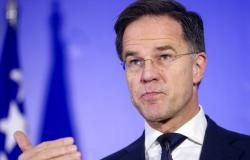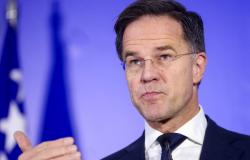The most recent move is by San Donato Group (Gsd). Together with Generali insurance companies, it has just created Smart Clinic spa, a company that intends to create “a network of 100 healthcare facilities by 2030”. The ten polyclinics that the group opened in Lombardy have already merged into the joint venture, three of which in Milan.
Like the GSD, other private individuals have long since begun the “conquest” of local healthcare, which has often been declared a sore point of Lombard welfare, especially during the Covid pandemic. Humanitas declines “zero kilometer” treatments with six Medical Care in the city. The Italian diagnostic center, born 49 years ago, continues to open new locations. In April the last ribbon cutting was held in via Vezza d’Oglio, behind the Scalo Romana which is currently being redeveloped. Today there are 21 facilities in Milan, which welcomed 450 thousand patients in 2023.
Another «colonizer» is the Santagostino, which has been part of the Unipol insurance group since the end of 2022. It has 23 clinics, two at the metro stops, 274 thousand patients throughout Italy. And it makes its way too Cerba Healthcare, a French group whose motto reveals its intention to be “close” to citizens: “Big enough to follow you in everything, small enough to know who you are”. It manages 14 medical practices and collection points.
The list could continue for a long time with other realities that contribute to filling the map of private healthcare “on the street” with addresses. Only some of the proposed services can be requested through the National Health Service and only in some centers (Santagostino, for example, does not have an agreement with the NHS). For private visits and exams, regulated rates are often applied or discounts are activated: a mechanism to incentivize the patient to return.
In the neighborhoods it also unfolds public networkwith services coordinated by hospitals. Clinics, clinics, vaccination centers, neuropsychiatry units childish and so on. But from the Asst websites, where it is not easy to have a complete picture of the offer, it is clear that local care must be strengthened and connected to be truly effective.
It is one of the tasks of community homesprovided for by Ministerial Decree 77. There have been 12 started in Milan, 11 remain to be completed (not all with Pnrr funds). And they still don’t work fully: in some there are no family doctors, in others there is no diagnostics and so on. «It takes time to make them efficient – he reflects Giampiero Mazzaglia, professor of Hygiene and Public Health at Bicocca University —. They were created with the logic of taking care of chronically ill patients, an activity that is not typical of private outpatient centers. Just as the role of the family doctor in primary care, which is strategic for prevention, remains irreplaceable.”
For Alessandro Nobili, head of the Health Policies department of the Mario Negri Institute, «the real problem is which model of territorial care we want and who should coordinate it». The ungoverned multiplication of supply risks transforming healthcare “into a performance factory”, where the only aim is to carry out more tests, more checks. “And in this system the private sector wins.” The examples to follow, according to Nobili, are the Spain, Portugal, Sweden. «Community houses must take care of the socio-health needs of citizens, thanks to team work». Also thinking about prevention and the appropriateness of the tests and visits prescribed to patients.





